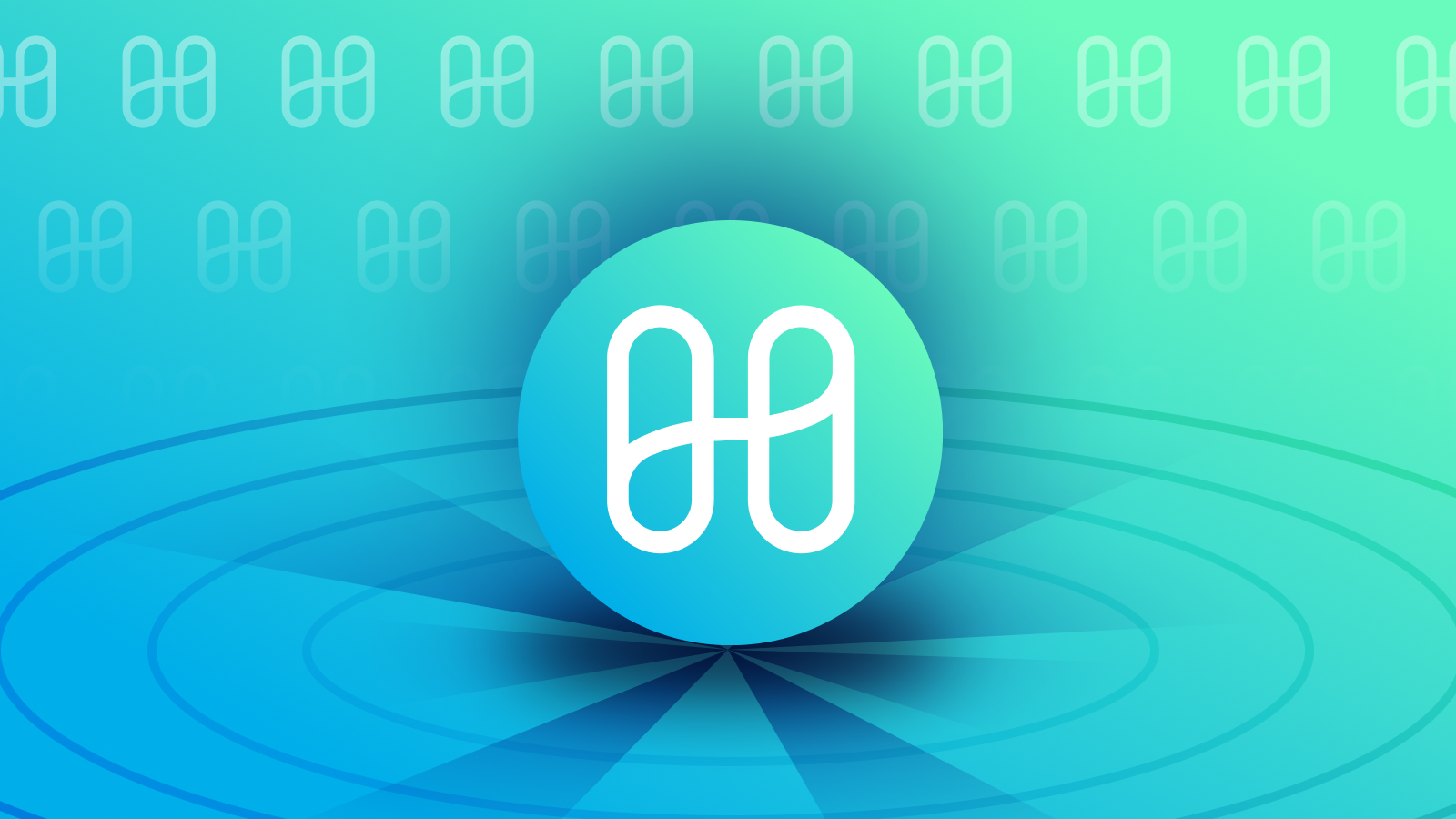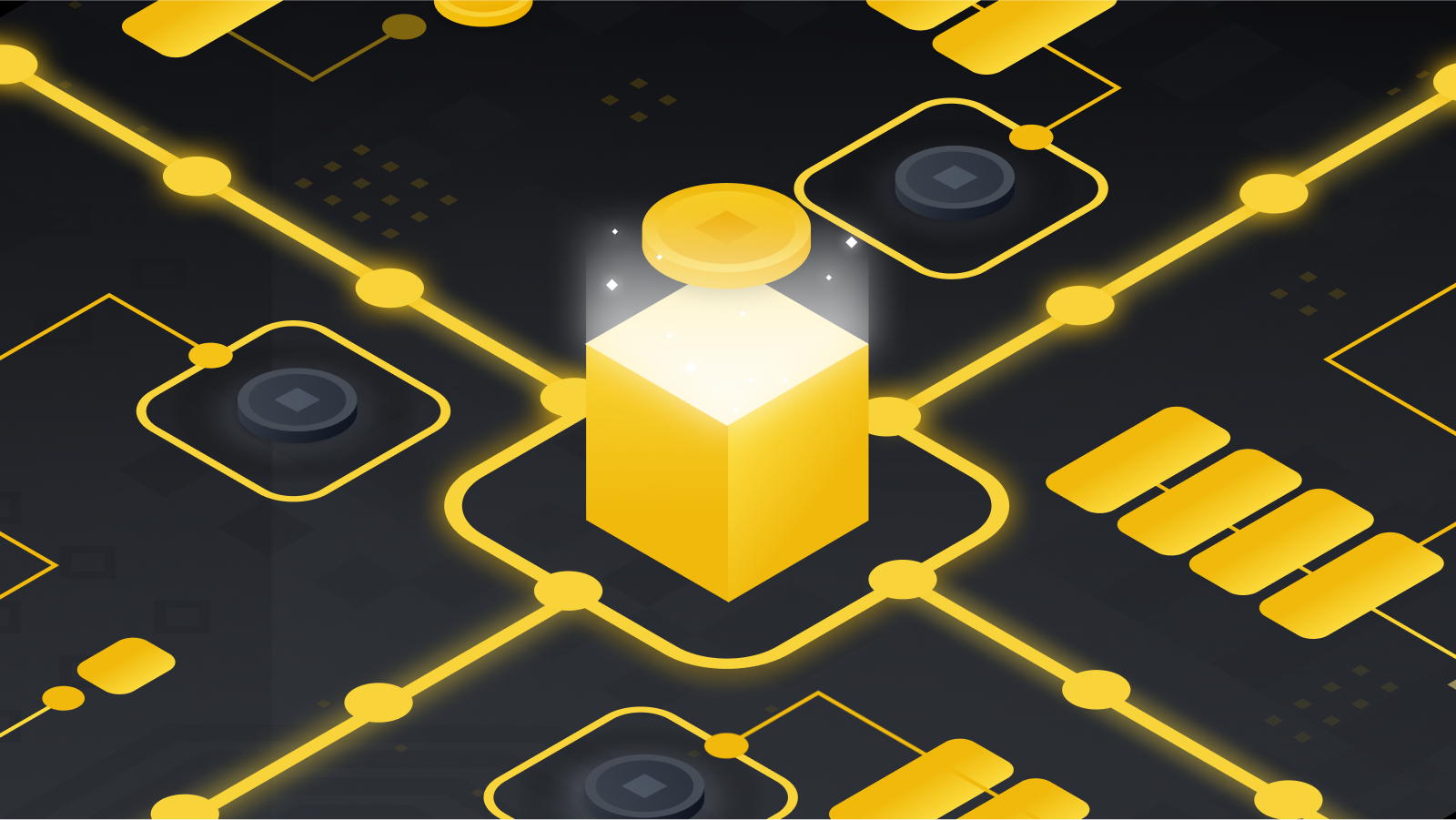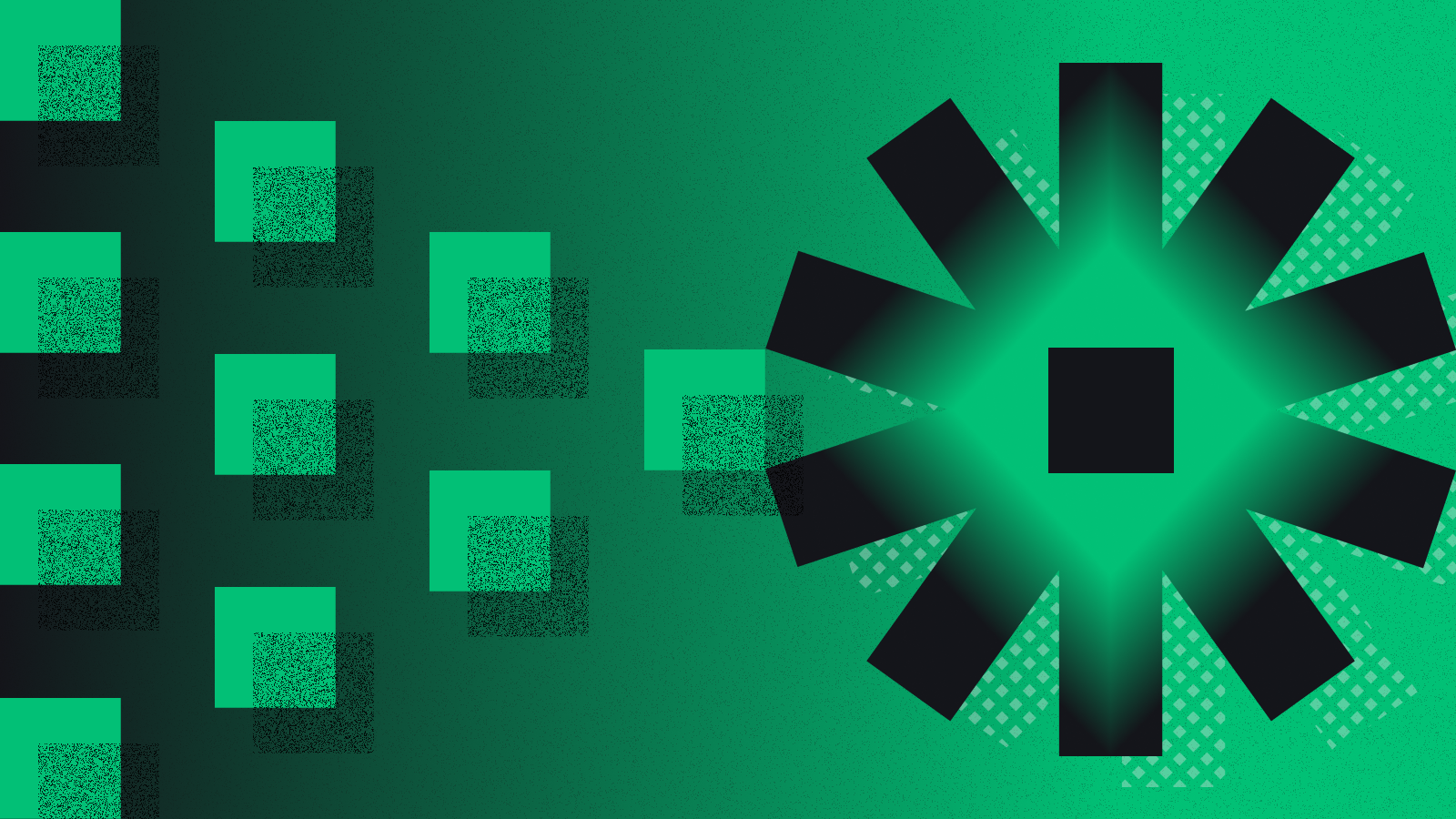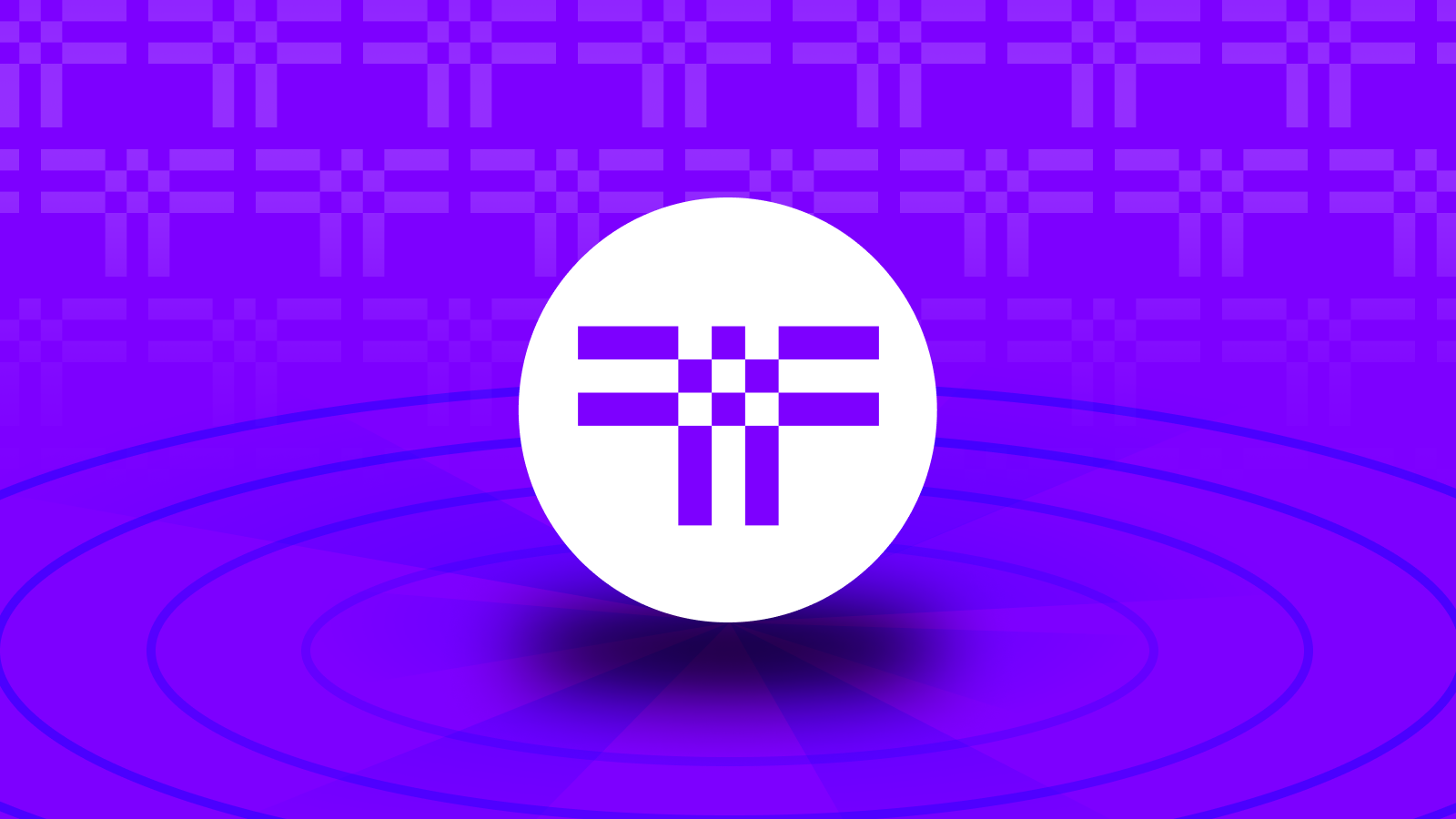TL;DR
Harmony is a layer-1 blockchain using sharding and Effective Proof of Stake to achieve scalability, security, and decentralization. The network was launched in 2019 and features trustless cross-chain bridges and four shards, which process transactions in parallel. Effective Proof of Stake encourages decentralization of validators, and sharding shares the network's load among validators, delegators, and users.
Its native token ONE is used for transaction fees, governance, and staking. You can purchase ONE on Binance with a credit or debit card or trade it for another cryptocurrency. Once purchased, you can store ONE on EVM-compatible wallets like MetaMask and Binance Chain Wallet.
Introduction
Exploring different altcoin projects can be a good idea if you're looking for new opportunities or crypto use cases. You might have already noticed the Harmony network or heard about it in the crypto media. To help you understand more about the project, we've outlined its background, key points, and some ways you can get involved.

What is the Harmony blockchain?
Harmony is an Effective Proof of Stake (EPoS) blockchain founded in 2018 by Stephen Tse with a mainnet launch in 2019. Like most post-Ethereum networks, it claims to solve the blockchain trilemma of decentralization, scalability, and security. Harmony's answer to the problem is sharding and its Effective Proof of Stake consensus mechanism.
Another key Harmony platform feature is its Cross-Chain Finance model. The popularity of cross-chain and multi-chain capabilities has increased dramatically, and Harmony caters to this. The blockchain offers bridging services between BNB Smart Chain (BNB), Ethereum (ETH), Bitcoin (BTC), and other networks.
Harmony completed its 2019 IEO via Binance Launchpad. Harmony's main vision for scaling Web3 relies on zero-knowledge proofs and Decentralized Autonomous Organizations (DAOs).
How does sharding in Harmony work?
One of Harmony's keys to providing security, scalability, and decentralization is sharding. The Harmony sharding splits the network into four sections that work in parallel. Users can choose the shard they want, which distributes the network's workload. Validation, transactions, block creation, and staking are all done separately on each shard. Sharding is beneficial for Harmony because:
1. A validator doesn't need to maintain a full copy of the entire blockchain's transaction history.
2. Validators are randomly assigned to shards to prevent hostile shard takeovers. After every Epoch, validators will likely move to a new shard, and leaders rotate.
Harmony currently has a limit of 250 validators slots per shard known as BLS Keys. If needed, the number of shards and validators can increase to meet network demand in the future. Shard 0 is the Beacon Chain and acts as an information relay between shards 1, 2, and 3. No matter the shard used, transaction times will be roughly two seconds.
Currently, most activity takes place on the Beacon Chain. Full cross-shard implementation isn't yet fully developed but is on the roadmap. In the future, cross-shard communication will allow for smart contracts to operate across shards by transmitting messages between nodes directly.
How does Effective Proof of Stake work?
Effective Proof of Stake (EPoS) is similar to the standard Proof of Stake (PoS) validator and delegator model. Validators stake ONE (Harmony's native token) to run a node and possibly process transactions through an election process. Delegators stake their ONE behind a validator in return for a percentage of future block rewards and transaction fees. Once elected and assigned a shard, the validator creates blocks and shares its rewards with delegators.
EPoS’s reward distribution is what makes it different. Most PoS systems consolidate rewards and power behind a small number of validators. The more you stake, the more you earn and validate. In contrast, EPoS reduces rewards and penalizes validators who stake too much in a single node. Nodes with smaller stakes actually receive more favorable rewards in relation to their size, encouraging large validators to decentralize. This system also helps avoid single points of failure.
Besides offering a secure method for validating transactions, EPoS provides low gas fees. This makes it an attractive alternative to Ethereum's high gas fees or Bitcoin's scalability issues with Proof of Work (PoW).
What is ONE?
The Harmony protocol's native token ONE is used for:
1. Paying network transaction fees.
2. Staking as a delegator or validator in return for block rewards.
3. Taking part in Harmony's open governance mechanism.
Harmony provides a constant reward to validators of 441 million ONE annually. Transaction fees are burned with an end goal of creating a net-zero state, offsetting the ONE provided for block rewards.
Where can I buy ONE?
ONE can be purchased on Binance in a few ways. First, you can buy with a credit or debit card using selected fiat currencies. Head to the [Buy Crypto with Debit/Credit Card] page, select the currency you want to pay in, and then select ONE in the [Receive] field. Click [Continue] to follow the instructions for your purchase.

You can also trade other cryptocurrencies for ONE. By heading to the Exchange view and typing ONE in the trading pair search field, you can find a list of available trading pairs. For more information on using the trading view, head to How to Use TradingView on Binance Website. You can also purchase ONE on decentralized cryptocurrency exchanges (DEX) and marketplaces like SushiSwap.

How do I stake ONE?
You can stake ONE on the Harmony blockchain as a validator or delegator. The simplest option is to stake as a delegator, which requires finding a validator to delegate your tokens.
1. To start staking, head to the Harmony Staking Explorer and choose a validator by clicking on their name.

2. Click the [Delegate] button.

3. You'll then be asked to sign in. You can choose to either create a new wallet address with Harmony or use an existing one, such as your MetaMask.
4. Once logged in, click the [Delegate] button again and choose the amount you want to stake. If the validator you have chosen is elected, you and other delegators will start receiving a portion of their block rewards.
5. Staking as a validator requires running a node, which is a more complicated process. You can find more details on this in the Harmony docs.
How do I store ONE?
As Harmony is an EVM-compatible blockchain network, it's simple to add it to your MetaMask or Binance Chain Wallet. If you're using another extension wallet that allows you to add additional EVM (Ethereum Virtual Machine) networks, you can also use it with Harmony. You can follow our Connecting MetaMask to BNB Smart Chain guide and use the mainnet information below:
Don't forget that Harmony is made up of multiple shards. You must use the correct RPC URL and Chain ID pair when connecting to a specific shard. You should use Shard 0 for transacting with exchanges, staking, or using smart contracts until shards 1, 2, and 3 become more active.

Closing thoughts
Whether you're an investor, DeFi DApp user, or staker, Harmony has a solid ecosystem to explore and get involved with. Even at its current roadmap stage, there’s a lot to use and discover. With more cross-shard capabilities coming in the future, make sure to keep up to date with Harmony’s progress on their website.



